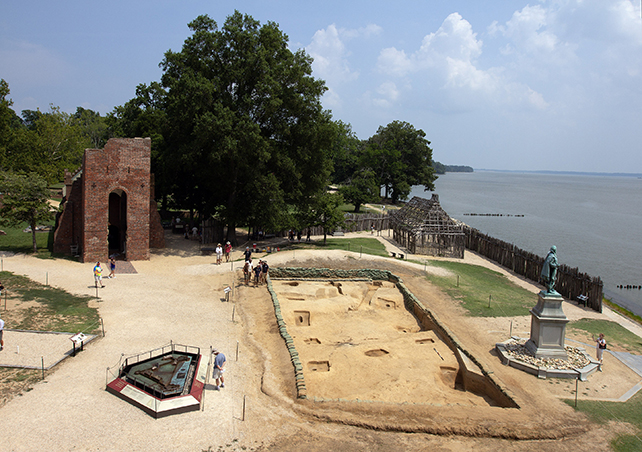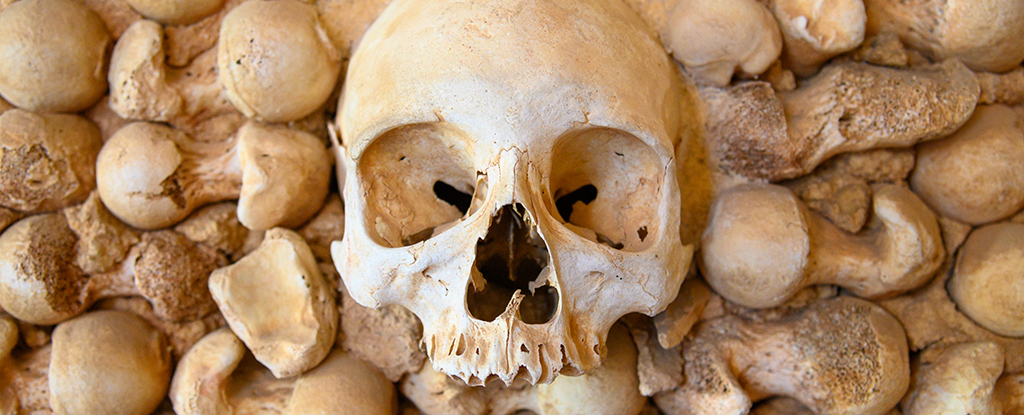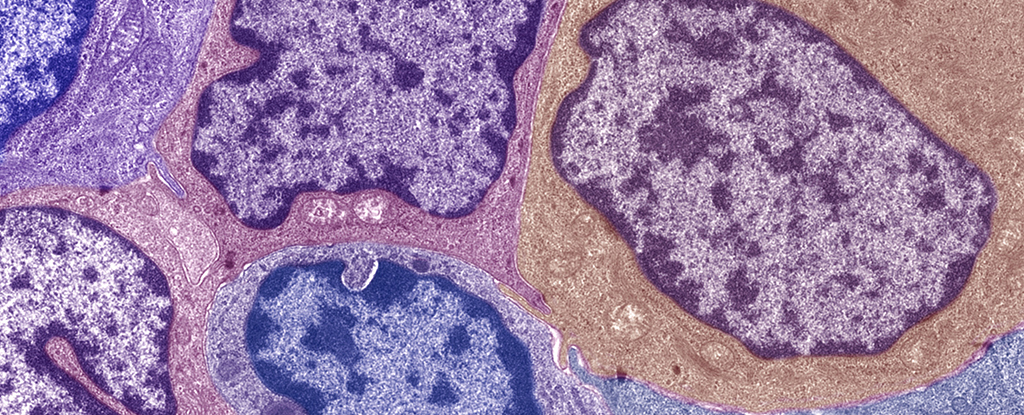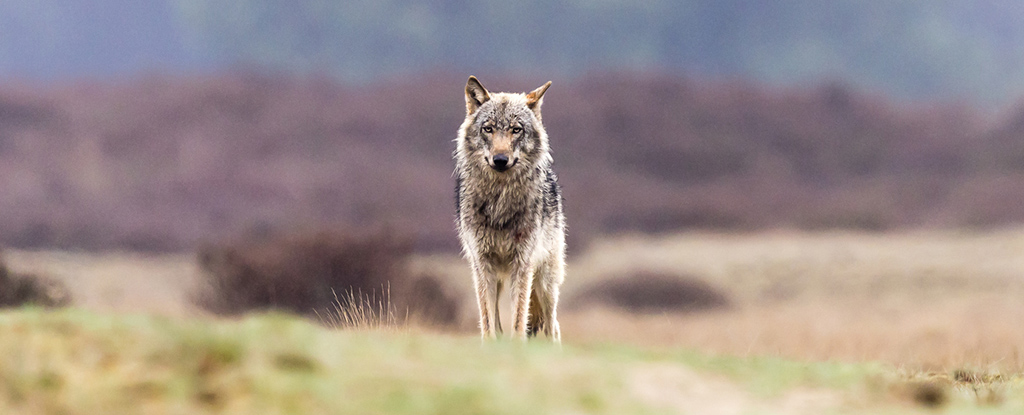A 400-year-old mystery around the identity of four men found buried in England’s first permanent settlement in the Americas may have at last been solved, revealing not just their identity but their scandalous connection.
Based on a DNA analysis and archaeological research by a team of scholars, it’s now confirmed two of the anonymous souls laid to rest in the church graveyard of Jamestown, Virginia, back in 1610 CE, were one Sir Ferdinando Wenman and a Captain William West.
Both men were members of the family of the colony’s first governor, Thomas West, a status further evidenced by the prominent location of their graves in the site of the church at Jamestown, and the coffins used for their bodies.
Painstakingly pieced together from the long-buried remains of our ancestors in the field of paleogenomics, ancient or ‘a’ DNA has revealed much about our evolution as a species. Yet rarely has been used as a forensics tool to solve historic mysteries.
“This study is the first to successfully use aDNA as a tool of identification at the colonial site of Jamestown, Virginia,” says anthropologist Karin Bruwelheide, from the Smithsonian Institution in Washington, DC.
The mystery begins with four aligned graves in the the chancel area of the 1608 church, which deductively could only have belonged to four high ranking men; Wenman and West, and two men named Reverend Robert Hunt and Captain Gabriel Archer.
A close look at two of the workmanship of two of the coffins strongly implied they each contained the bodies of Wenman and West.
Wenman’s mother was known to be governor Thomas West’s aunt, Jane. But William West’s familial connections were a little less clear, prompting the researchers to dig a little deeper into their genes to clarify their relationships.
An analysis of the remains’ poorly-preserved DNA revealed the two buried men’s mitochondrial haplogroup – a lineage of genes passed down to children only through their mothers – was a relatively rare one known as H10e.
Based on the rather vague genealogical records of William West’s parentage, the implications of a maternal connection came as a surprise.
The researchers searched historical records to uncover a contemporary court case where the ownership of Captain William West’s possessions had been disputed.

Mary, the woman who raised West, was the beneficiary of his will. She had also sued to obtain jewels given to William that had gone to other members of the family.
Curiously, the DNA analysis suggests it was Mary’s sister, Elizabeth, who was the actual mother of William, in spite of records describing her as unmarried and childless. Given how much of a taboo it was in the 17th century to have a child outside of marriage, it’s no surprise that this relationship was mostly kept hidden.
Just to make it even more confusing, both women were also sisters to Jane West, making Sir Ferdinando Wenman, Captain William West, and governor Thomas West all first cousins.
Aside from the family scandal, putting names and identities to these two men after so long is a testament to modern-day DNA analysis methods, and how they can be combined with archaeological techniques, bone chemistry analysis, and historical records to get a better picture of the past.
It now perhaps makes more sense why Captain William West took off to the New World: to find a change of fortunes in a country a long way from home, where there was less scrutiny of his lineage. It adds color and humanity to bones buried for centuries.
“The aDNA data reported for these two men reveals a previously unrecorded aspect of identity for one, and alters initial perceptions held by researchers regarding his parentage,” write the researchers in their published paper.
“This study further reinforces the need for multidisciplinary approaches to better answer questions of not only who was involved in colonization, but possibly, why.”
The research has been published in Antiquity.





